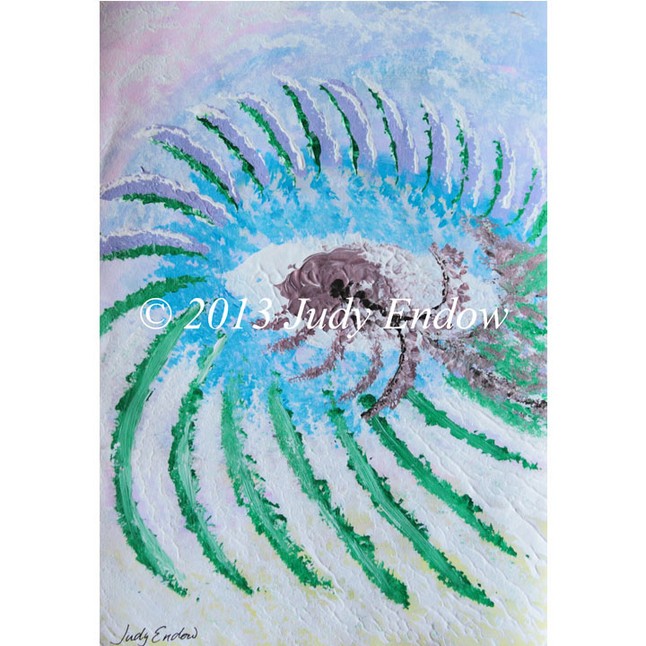As an autism consultant I am often asked how I sort out what to do when I see an autistic client who is struggling in school or in life. As an autistic person I know first hand if stabilization needs are not met, regardless of the supports in place an autistic person will struggle. Stabilization consists of three areas that interplay – internal and external regulation in the context of a positive relationship.
Internal Regulation ~ Sensory Diet
Internal regulation has many components, but for stabilization I look at the sensory system. When a person has an autism neurology we can know that the sensory system very likely does not automatically regulate as it tends to do in a person without autism. Instead we must bring intentionality to sensory system regulation. So, the first order of business is to ensure sensory regulation. This can be accomplished through use of a sensory diet as prescribed by an Occupational Therapist well versed in sensory regulation and autism.
External Regulation ~ Visual Schedule
Most autistic people are quite visual. For many of us our native language is visual. It is how we make sense of the world around us. Words become understandable only when they are represented by something we can see either in our head or in the world outside our skin. Before anyone can learn in school or participate in life, besides being internally regulated, he needs to know that a structure exists. An autistic neurology doesn’t often automatically pick out and use salient information from day to day so as to be able to predict what will happen when from day to day. Therefore, use of an interactive visual schedule is quite powerful in establishing external regulation.
Positive Relationship ~ Person-First Attitude
Use of a sensory diet and a visual schedule are necessary for basic regulation. However, for individuals to truly reach their potential the daily working out of sensory supports and use of a visual schedule must happen within the context of a positive relationship.
People matter. People matter to autistics. Because of our differences in not automatically regulating, our style of thinking and cognitive processing differences we often appear to not be attending to others around us. Over the years, those looking at us have erroneously decided that because we do not interact the same way with people as others interact that we do not want or need other people in our lives.
As a result autistics are often not even thought of as fully human. Many times people talk about us in front of us as if we cannot hear or understand what they are saying. Did you ever wonder about that predominant theme among autistics of feeling as if one were an alien? I believe much of that comes from the interplay of not being regulated, not knowing what will happen next and, most importantly, not being regarded as a fully human person by others around us.
Conclusion
If you want the scoop on internal and external regulation and all the practical ways to put that in place the information is laid out in the book Practical Solutions for Stabilizing Students With Classic Autism to Be Ready to Learn: Getting to Go. When the context of service delivery, so to speak, becomes a positive relationship with person-first attitude the stage is set for an individual to reach his potential. Here is a section from the Foreword by Brenda Smith Myles to illustrate this concept:
“This book is replete with information that will help individuals meet their potential. One of the underlying constructs here and, indeed, in everything Judy does is “person-first attitude” (Endow, personal communication, June 27, 2010). We are all familiar with the concept of “person-first language” – talking about the person before referencing her exceptionality (i.e., a “child with autism” instead of the “autistic child”). “Person-first attitude,” according to Judy, is what some of us get after using “person-first language.” Unlike “person-first language,” it cannot be mandated. “Person-first attitude” is not about how we use the power of our words to benefit people with disabilities. Instead, “person-first attitude” is a reflection of what we become while in relationship with each other. It is the elusive substance of how our hearts respond to our common humanity rather than the correctness of our language in response to their disability.” (Endow, 2011, pg.1)
BOOKS BY JUDY ENDOW
Endow, J. (2019). Autistically Thriving: Reading Comprehension, Conversational Engagement, and Living a Self-Determined Life Based on Autistic Neurology. Lancaster, PA: Judy Endow.
Endow, J. (2012). Learning the Hidden Curriculum: The Odyssey of One Autistic Adult. Shawnee Mission, KS: AAPC Publishing.
Endow, J. (2006). Making Lemonade: Hints for Autism’s Helpers. Cambridge, WI: CBR Press.
Endow, J. (2013). Painted Words: Aspects of Autism Translated. Cambridge, WI: CBR Press.
Endow, J. (2009). Paper Words: Discovering and Living With My Autism. Shawnee Mission, KS: AAPC Publishing.
Endow, J. (2009). Outsmarting Explosive Behavior: A Visual System of Support and Intervention for Individuals With Autism Spectrum Disorders. Shawnee Mission, KS: AAPC Publishing.
Endow, J. (2010). Practical Solutions for Stabilizing Students With Classic Autism to Be Ready to Learn: Getting to Go. Shawnee Mission, KS: AAPC Publishing.
Myles, B. S., Endow, J., & Mayfield, M. (2013). The Hidden Curriculum of Getting and Keeping a Job: Navigating the Social Landscape of Employment. Shawnee Mission, KS: AAPC Publishing.
Originally written for and published by Ollibean on December 21, 2015




